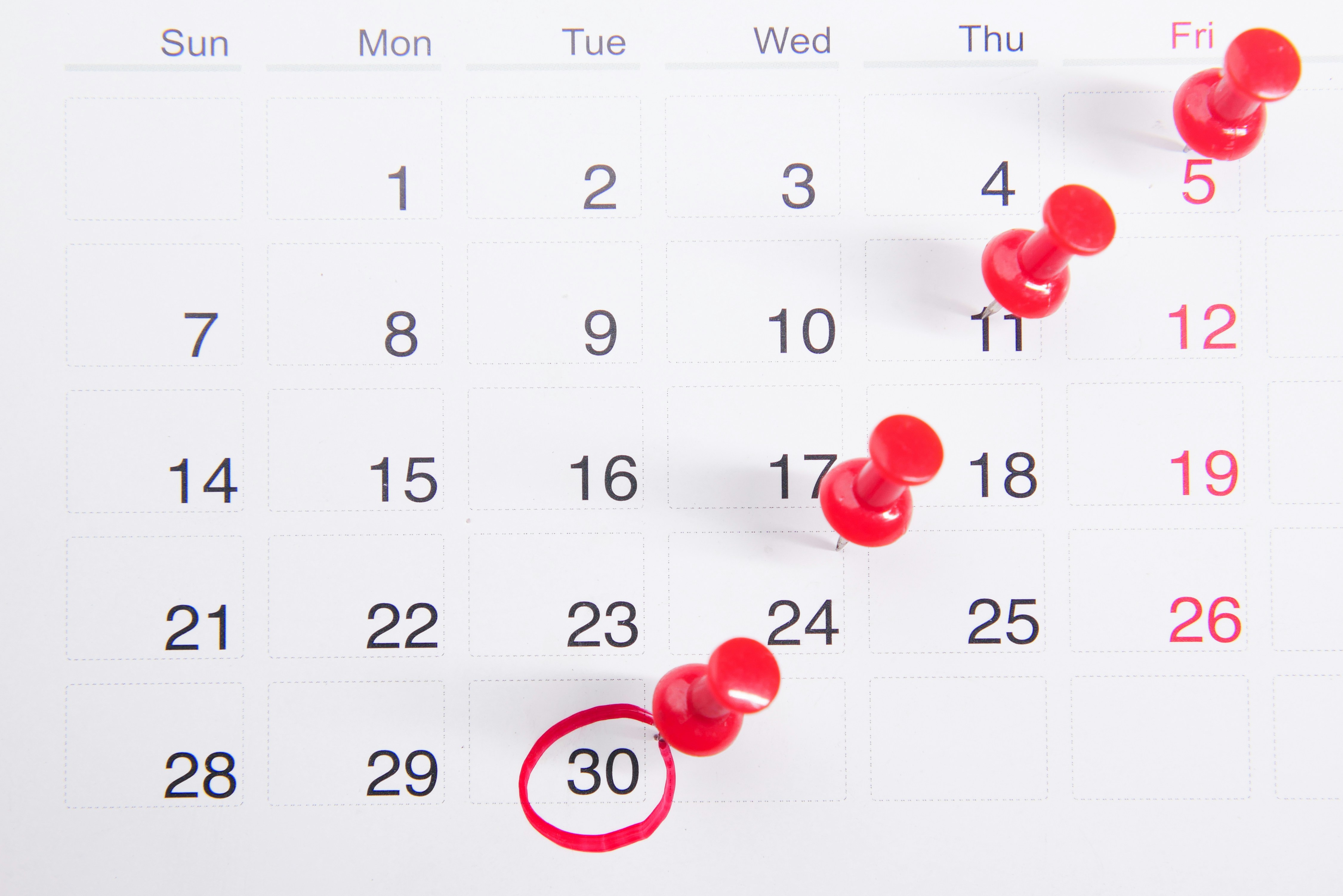Table of Contents
- When business and design team stop fighting and start dating
- Why business and design make perfect partners
- The 10 ways to align business and design teams
- 1. Shared vision
- 💡 Pro tip for crafting killer vision statements:
- 2. Team alignment
- 💡 Pro tips for real alignment:
- 3. Financial literacy
- 💡 Pro tips for financial literacy without the MBA:
- 4. Data inspires design
- 💡 Pro tips for using data without losing your soul:
- 5. People-first approach
- 💡 Pro tips for putting people first while driving business results:
- 6. Get people in the same room
- 💡 Pro tips for productive cross-team gatherings:
- 7. Prioritise viability and experience
- 💡 Pro tips for nailing both viability and experience:
- 8. Define how both teams measure success
- 💡 Pro tips for creating shared success metrics:
- 9. Use creative thinking to solve business problems
- 💡 Pro tips for applying creative thinking to business challenges:
- 10. Create a culture where biz and design learn together
- 💡 Pro tips for creating collaborative learning:
- Your action plan (starting Monday)
- The happy ending (with actual results)
- The real job of design leadership
When business and design team stop fighting and start dating

Why business and design make perfect partners

- Business brings strategy → They know where the company needs to go
- Design brings compassion → They know how to get users to actually want to go there
- Business brings profit → They understand what keeps the lights on
- Design brings satisfaction → They understand what keeps users coming back
- Business brings stats → "Our conversion rate dropped 2.3%"
- Design brings emotion → "Users feel confused and frustrated in this flow"
- Business brings the 'where to' → "We need to capture the mobile market"
- Design brings the 'why now' → "Because users are shopping on their phones during their commute"
The 10 ways to align business and design teams
1. Shared vision

💡 Pro tip for crafting killer vision statements:
- The "Mad Lib" method: Fill in the blanks: "Help [specific user] achieve [specific outcome] so they can [emotional benefit] while we [business metric]".
- The "Elevator test": Can someone explain your vision to a stranger in 30 seconds and have them actually understand what you're building? If not, simplify.
- The "Grandma test": Would your grandma understand what problem you're solving? If she'd respond with "that's nice, dear" while clearly having no clue, try again.
2. Team alignment

💡 Pro tips for real alignment:
- Create a "Decisions document": Shared Google Doc where you log every major decision with date, reasoning, and who decided. When someone says, "I thought we decided X," you have receipts.
- Use the "5 whys" technique: When teams disagree, don't argue about the surface issue. Dig deeper. "Why do you think we need this feature?" Keep asking "why" until you get to the root assumption.
- The "Bet sizing" exercise: For every decision, have teams literally bet on outcomes. "I bet $50 that changing this button color will increase conversions." "I bet $20 it won't." Suddenly, everyone gets honest about their confidence levels.
- Monthly "Alignment health checks": Send a 3-question survey: 1) What's our top priority this month? 2) Who is our primary user? 3) What does success look like? If answers vary wildly, you have work to do.
3. Financial literacy

- ARR (Annual Recurring Revenue): Predictable yearly income
- Churn Rate: Percentage of customers who leave each month
- MRR (Monthly Recurring Revenue): Predictable monthly income
- ARPU (Average Revenue Per User): How much each user brings in
- CAC (Customer Acquisition Cost): How much we spend to get one customer
- LTV (Lifetime Value): How much money one customer brings over their lifetime
💡 Pro tips for financial literacy without the MBA:
- The "Coffee shop method": Spend 30 minutes monthly with someone from finance. Bring coffee. Ask dumb questions. "If we doubled our signup rate, what would happen to our costs?" They love explaining this stuff to people who actually listen.
- Create a "Business impact calculator": Simple spreadsheet that shows how design changes affect key metrics. "If we improve onboarding completion by 10%, that's X more activated users, which equals $Y in additional revenue."
- The "Unit economics game": Pick three design decisions you made recently. Calculate their impact on customer value and costs. Made signup easier? That might reduce CAC. Improved retention? That increases LTV.
- Shadow a sales call: Nothing teaches you business reality faster than hearing customers explain why they won't pay for your beautiful design.
- Monthly "Numbers and nonsense" sessions: Finance person explains one key metric. Design person explains how their work impacts it. Make it fun. Use analogies. "Think of churn rate like a leaky bucket..."
4. Data inspires design

💡 Pro tips for using data without losing your soul:
- The "Data sandwich" method: Start with qualitative research (user interviews), add quantitative data (analytics), then finish with more qualitative insights (usability testing). Data is the meat, but insights are the bread.
- Ask "What story is the data telling?" Don't just report numbers. "Our bounce rate increased 15%" becomes "Users are arriving with different expectations than we're meeting."
- Create "Data + emotion" reports: For every metric, include a user quote that explains the human behind the number. "Cart abandonment increased 8%" + "I got frustrated because I couldn't figure out shipping costs."
- The "So what?" test: For any data point, ask "So what should we do about this?" If you can't answer, you need more context.
- Use the "Confidence meter": Rate your confidence in any data-driven conclusion from 1-10. Below 7? You need more investigation.
5. People-first approach

💡 Pro tips for putting people first while driving business results:
- The "Human translation" exercise: For every business metric, write the human need it represents:
- Retention rate → "Do people find ongoing value?"
- Time on page → "Are people getting what they need?"
- Referral rate → "Are people excited enough to tell friends?"
- Conversion rate → "How quickly can we help people find value?"
- Use "Jobs to be done" thinking: People don't buy products; they hire them to do a job. Ask: "What job is our user trying to get done?" Then design for that job, not for your metrics.
- The "Empathy injection" method: In every business meeting, introduce one user story. "Sarah, our target user, is trying to X because Y, but she's struggling with Z". Make business decisions with real people in mind.
- Create "People-first metrics": Instead of just tracking behavior, track outcomes:
- Traditional: "Page views increased 20%"
- People-first: "Users found relevant content 20% faster"
- The "Grandma's advice" principle: If you can't explain why a business decision is good for users in language your grandma would understand, reconsider the decision.
6. Get people in the same room

💡 Pro tips for productive cross-team gatherings:
- The "No slides" rule: Ban PowerPoint presentations. Use working sessions instead. Get people interacting with prototypes, sketching ideas, or discussing real customer feedback.
- Feed people. Seriously. Nothing builds collaboration like shared carbs.
- Remote teams: send everyone the same lunch.
- In-person teams: bring donuts. I'm not kidding about this.
- The "Rotation system": Design attends business planning meetings one month, business attends design critiques the next. Make it a regular rotation, not a special occasion.
- "Working lunch" learning sessions:
- Month 1: Business team teaches design about customer acquisition
- Month 2: Design team teaches business about user research
- Month 3: Joint session analyzing user feedback and business metrics
- Create "Cross-team buddies": Pair each designer with a business counterpart. They grab coffee monthly and share what they're working on. Relationships beat processes every time.
- The "Two-pizza Team" principle: If your meeting needs more than two pizzas to feed everyone, it's too big. Keep collaboration sessions small and focused.
7. Prioritise viability and experience

- Feasible: Can we build this?
- Desirable: Do users want this?
- Viable: Will this help our business?
💡 Pro tips for nailing both viability and experience:
- The "Trade-off transparency" method: When you must choose between UX and business needs, make the trade-offs explicit. "We're choosing faster implementation over optimal UX because we need to test market demand first."
- Use the "Iteration roadmap": Plan features in phases:
- Phase 1: Minimum viable experience (covers business needs)
- Phase 2: Improved experience (addresses UX issues)
- Phase 3: Delightful experience (exceeds expectations)
- The "Business case for UX" template: For every UX improvement, calculate business impact:
- "Improving this flow could reduce support tickets by 30%"
- "Better onboarding typically increases activation by 15-25%"
- "This usability fix could prevent 200 users/month from churning"
- Create "Experience-business scorecards": Rate every feature idea on both dimensions (1-10 scale):
- Experience: How much will this improve user satisfaction?
- Business: How much will this drive key metrics?
- Focus on features that score high on both
- The "Reality check" process: Before any major feature:
- Will users pay for this (directly or through engagement)?
- Does it solve a real problem people have?
- Can we execute it well with our resources?
- Will it move our most important business metrics?
8. Define how both teams measure success

💡 Pro tips for creating shared success metrics:
- The "Dual-purpose metrics" strategy: Find metrics that satisfy both teams:
- Feature adoption rate: Business sees growth, design sees engagement
- Time to first value: Business sees activation, design sees successful onboarding
- Customer satisfaction score: Business sees retention predictor, design sees UX validation
- Support ticket reduction: Business sees cost savings, design sees usability improvement
- Create "North star metrics": One primary metric both teams rally around:
- The "Leading vs. lagging" framework:
- Leading indicators: Predict future success (onboarding completion, feature adoption)
- Lagging indicators: Show what already happened (revenue, churn)
- Design typically impacts leading indicators first, which drive lagging business metrics
- Quarterly "Metrics alignment sessions":
- Each team shares their key metrics and why they matter
- Identify overlaps and conflicts
- Create shared dashboard with joint success metrics
- Define what "winning" looks like for both teams
- The "Correlation hunt": Find connections between UX and business metrics:
- Does improved task completion correlate with revenue?
- Do satisfaction scores predict retention?
- Does faster load time impact conversion?
9. Use creative thinking to solve business problems
.png?table=block&id=2092a971-edb7-8059-9053-ce56e6f4f684&cache=v2)
💡 Pro tips for applying creative thinking to business challenges:
- The "How might we" reframe: Turn business problems into design challenges:
- Business: "We need to reduce churn"
- Design thinking: "How might we help users get more value from our product?"
- Business: "We need more revenue per user"
- Design thinking: "How might we help users accomplish more of their goals?"
- Use the "5 Whys" for business problems:
- Why? Users abandon the signup process
- Why? It's too long and complicated
- Why? We ask for information we don't immediately need
- Why? Legal team wants comprehensive data collection
- Why? They're worried about compliance issues
- The "Customer journey business impact" mapping: For each step in the user journey, identify:
- What business goal does this step serve?
- What user need does it address?
- Where do these align or conflict?
- How might we redesign to serve both better?
10. Create a culture where biz and design learn together

- "What we learned" retrospectives
- Cross-functional project post-mortems
- Shared Slack channel for interesting insights
- Customer interview sessions (both teams attend)
💡 Pro tips for creating collaborative learning:
- The "Learning buddy system": Pair each designer with a business counterpart for monthly knowledge exchanges:
- Designer teaches user research methods
- Business person explains market dynamics
- Both attend customer interviews together
- Both analyze results and share insights
- "Failure parties": Monthly sessions celebrating what didn't work:
- Share experiments that failed
- Discuss what we learned
- Plan how to apply lessons to future work
- Make it fun, not finger-pointing
- Cross-team "certification" programs:
- Designers earn "Business basics" certification (understanding metrics, market dynamics, pricing)
- Business people earn "UX fundamentals" certification (user research, design principles, usability)
- Create fun badges, certificates, even small rewards
- The "Customer rotation program": Every quarter, someone from each team:
- Shadows customer support for a day
- Joins sales calls
- Attends user interviews
- Presents findings to the other team
- Create "Learning artifacts" together:
- Joint customer personas (business data + user research)
- Shared competitive analysis (market positioning + UX evaluation)
- Combined journey maps (business metrics + emotional states)
Your action plan (starting Monday)
- Create a shared Slack channel for business-design collaboration
- Ask your design team to attend one business meeting as observers
- Schedule 30-minute coffee chats with three key business stakeholders
- Create your business-design dictionary
- Start a monthly "What we learned" session
- Run a joint workshop to define shared success metrics for one major project
- Use that success story to advocate for expanding the approach
- Pilot a major project using the collaborative framework outlined above
- Measure and share the results (both business metrics and user satisfaction)
- Document your processes and share them with other teams
- Make business-design collaboration your team's competitive advantage
- Become the person people come to when they want to see how this stuff actually works
The happy ending (with actual results)
The real job of design leadership
Your job isn't to choose sides. Your job is to build bridges.


































